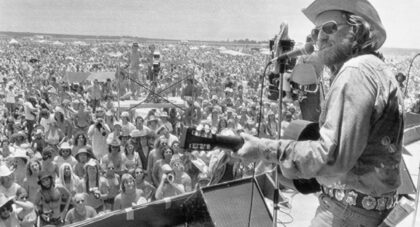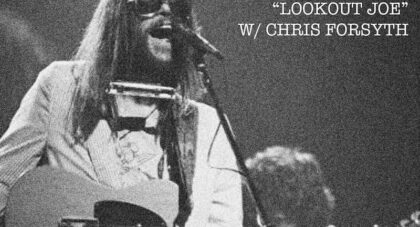Kahil El'Zabar has worked as a bandleader and collaborated with Pharaoh Sanders, Archie Shepp, and Dizzy Gillespie. With his latest album, Spirit Gatherer: A Tribute to Don Cherry, El’Zabar is once again joined by the Ethnic Heritage Ensemble, with vocalist Dwight Trible of the Pan-Afrikan Peoples Arkestra, and multi-instrumentalist and son of the album’s namesake, David Ornette Cherry. Celebrating jazz luminary Don Cherry, the album is beautiful in its spatial depth, brevity, and intimacy, three attributes clearly set upon with masterful intention . . .
Only the good shit. Aquarium Drunkard is powered by its patrons. Keep the servers humming and help us continue doing it by pledging your support.
To continue reading, become a member or log in.


